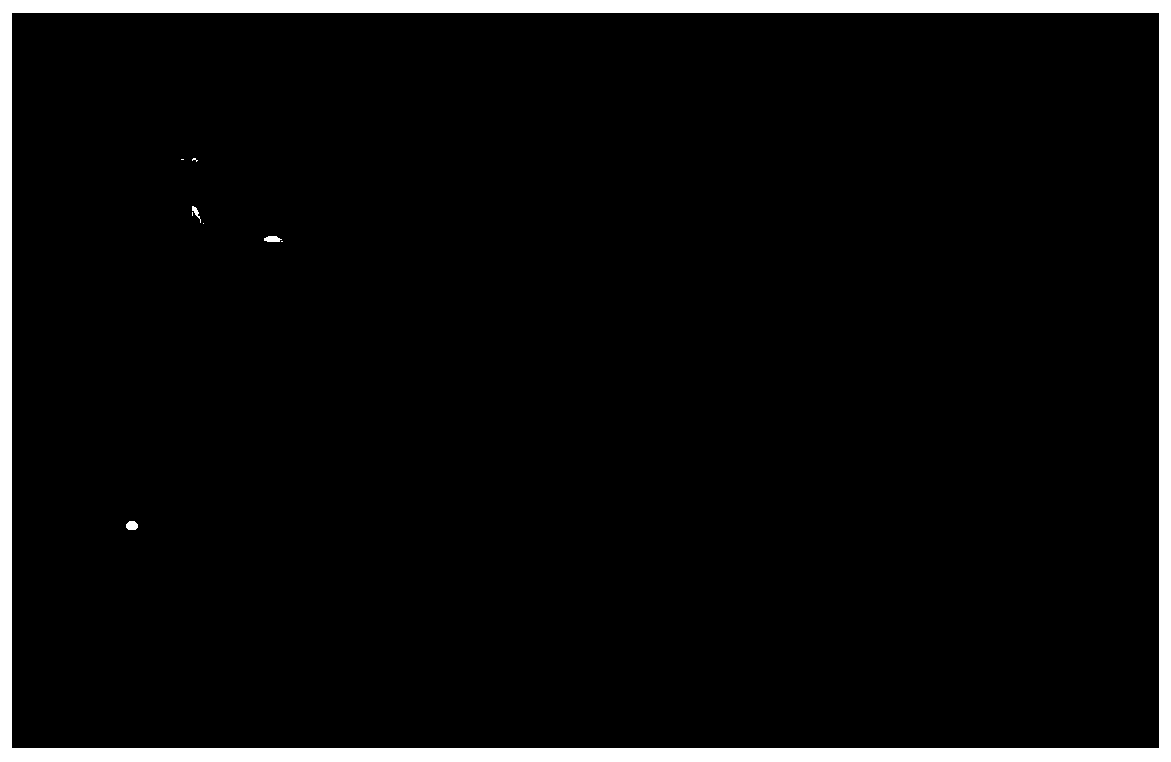Artifact-removing image splicing method based on image depth layering
A technology of image stitching and image depth, applied in the field of virtual reality, can solve the problems of not being able to obtain good stitching effects and artifacts, and achieve good anti-artifact effects and good stitching effects
- Summary
- Abstract
- Description
- Claims
- Application Information
AI Technical Summary
Problems solved by technology
Method used
Image
Examples
Embodiment Construction
[0031] Compared with traditional 2D image acquisition, emerging light field imaging technology [1, Ng R, Levoy M, Brédif M, Duval G, Horowitz M, Hanrahan P (2005) Light field photography with a hand-heldplenoptic camera. Comput Sci Tech Rep CSTR 2(11):1], not only the spatial domain information of the image (such as the pixels of the image), but also the additional angle domain information (that is, different light information obtained from viewing the image from different angles) can be obtained. The basic imaging principle of light field camera is as follows: figure 2 As shown, between the main lens and the photoreceptor, there is a set of two-dimensional microlens arrays, which can collect light reflected from different angles. With this design, the light field camera can collect multiple 2D sub-images (or called 2D sub-aperture images) from different viewpoints. Therefore, a light field image is actually a set of images, which contains not only spatial domain information...
PUM
 Login to View More
Login to View More Abstract
Description
Claims
Application Information
 Login to View More
Login to View More - R&D
- Intellectual Property
- Life Sciences
- Materials
- Tech Scout
- Unparalleled Data Quality
- Higher Quality Content
- 60% Fewer Hallucinations
Browse by: Latest US Patents, China's latest patents, Technical Efficacy Thesaurus, Application Domain, Technology Topic, Popular Technical Reports.
© 2025 PatSnap. All rights reserved.Legal|Privacy policy|Modern Slavery Act Transparency Statement|Sitemap|About US| Contact US: help@patsnap.com



